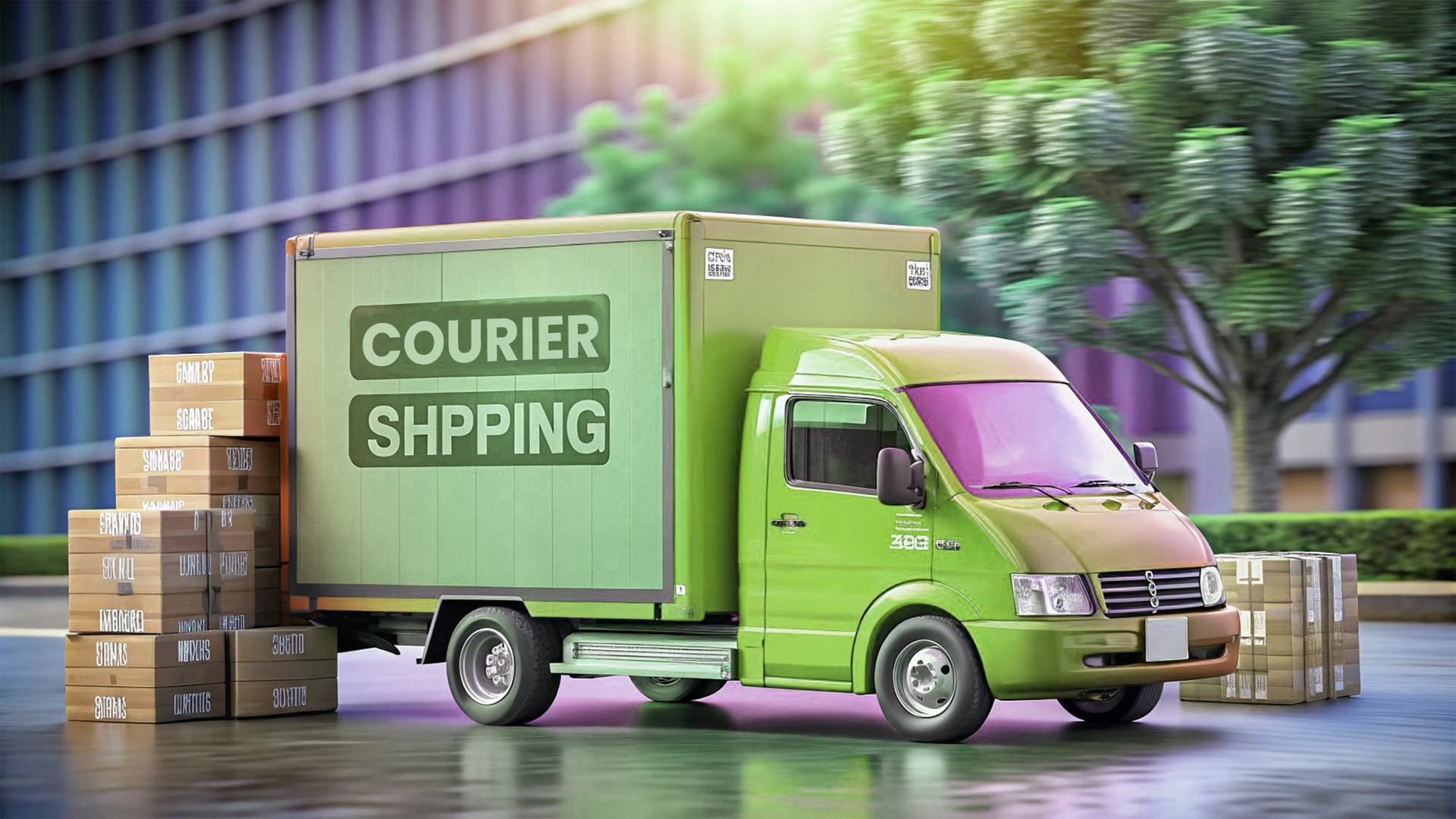You’ve probably heard of High Volume courier shipping if you sell products to customers around the world. It is a very popular way to move large quantity of goods quickly and cheaply. But how does it work?
In this guide, we’ll explain all the basics of High Volume courier shipping. We’ll also talk about the costs linked and what you need to know before you start shipping your products this way.
What Is High Volume Courier Shipping For Ecommerce Business?
High Volume courier shipping involves the shipment of large quantities of goods. These items, which can range from packaged products to high volume shipment commodities, are all loaded into the ship’s cargo holds. To ensure a safe transport, the crew members will carefully measure the volume and weight of the cargo both before and after loading.
Costs for High Volume Courier Shipping
When selecting a shipping service, cost is often a primary consideration. However, focusing solely on price can limit the potential value for money.
For High Volume Courier Shipping, costs are typically calculated by the ton or per day. Liquid bulk goods, requiring specialized cargo holds and larger vessels, can range from $20,000 to $50,000 per day. While some companies offer rates as low as $18,000, they may lack additional services. You can search the market for the services as per your need and financial conditions.
What Goods Can I Send Through High Volume Courier Shipping?
High Volume Courier Shipping handles two main types of goods, they are :
- Dry Goods
These are moved using belts, cranes, hoppers, or silos. They can be transported directly from where they’re made or stored. Some examples include grains, minerals, chemicals and other things like salt and wood. These shipment goods are delivered in large ships designed for dry cargo.
- Liquid Goods
Liquid goods are moved using pumps and pipes. They are transported in special tanks or containers made for liquids. Popular examples include chemicals like liquid nitrogen, natural gas, petroleum, cooking oils, and refrigerated things like milk or fruit juice.
The Ships used for liquid goods have double walls for strength, they are usually very large in size and can carry a lot of weight.
Common High Volume Courier Shipping Tips To Get Started
For newcomers getting into e-commerce business here are some useful tips to get you started –
- Assess Your Product’s Dimensions and Weight
Accurate measurements of your product’s size and weight are important for determining shipping costs. As, Shipping companies use this information to calculate courier classification numbers. Additionally, consider the dimensional weight. Which accounts for the space a product occupies within a container.
- Prioritize Packaging and Storage
Dry bulk goods, unlike liquid goods, require careful packaging and storage to prevent damage during transit. Invest in high-quality packaging materials and ensure proper stacking to minimize the risk of breakage or other issues. Consider shipping insurance as a safeguard against potential losses.
- Calculate Travel Distance and Regulations
The distance traveled by a freight carrier significantly makes or breaks shipping rates. So, plan your budget accordingly by considering the length of the journey. Remember that shipping costs are not solely determined by distance. The Country-specific regulations and restrictions also play a big role in pricing.
Conclusion
High Volume courier shipping is important for online businesses. It helps move large amounts of goods quickly and cheaply. By knowing what kinds of goods work best for High Volume courier shipping, understanding costs and factors, and following good practices, businesses can improve their supply chain and get products to customers everywhere.
So, are you ready to streamline your High Volume courier shipping for ecommerce business? Contact us today for a free consultation!





